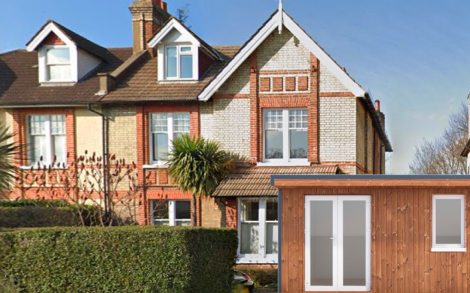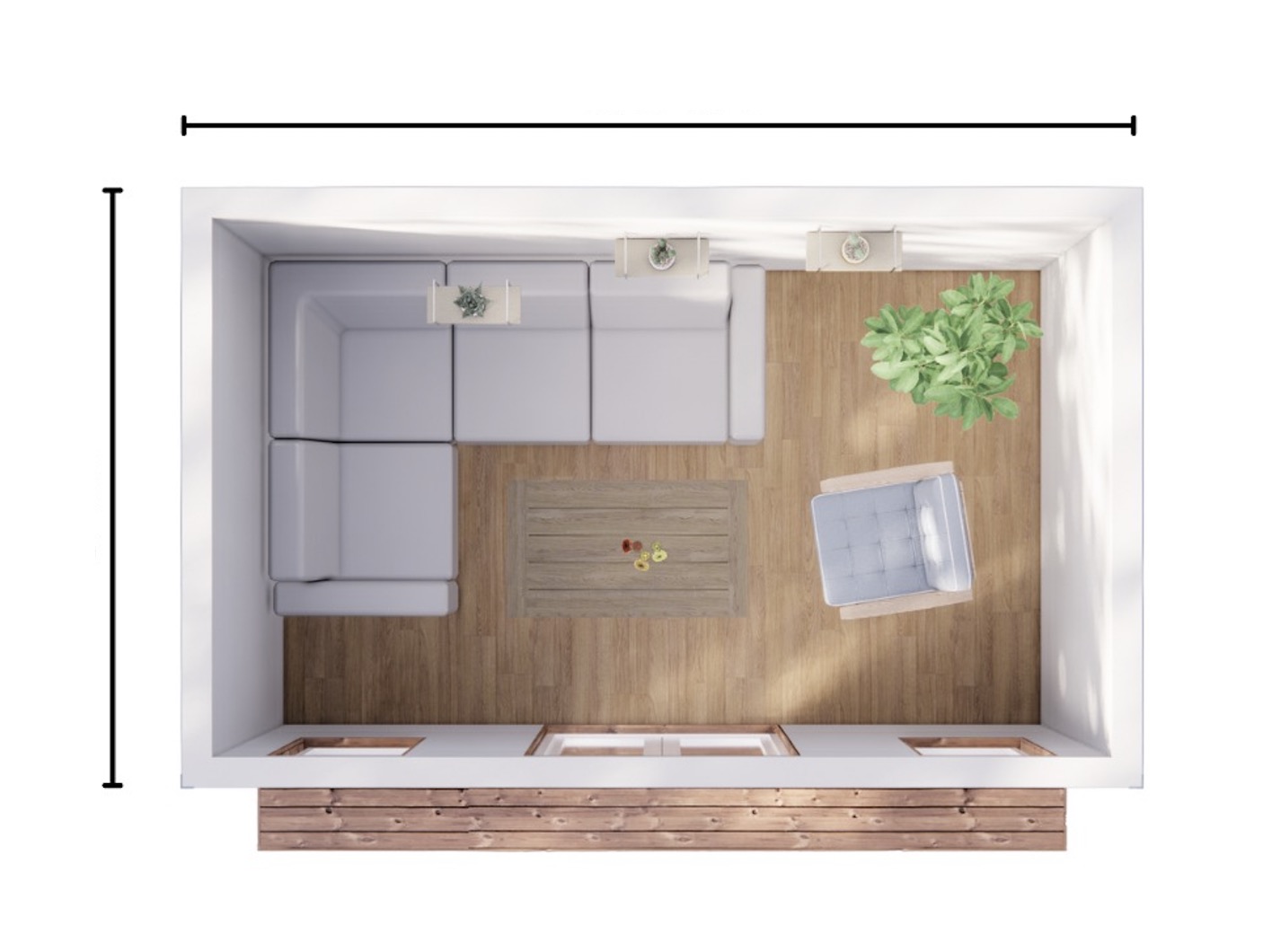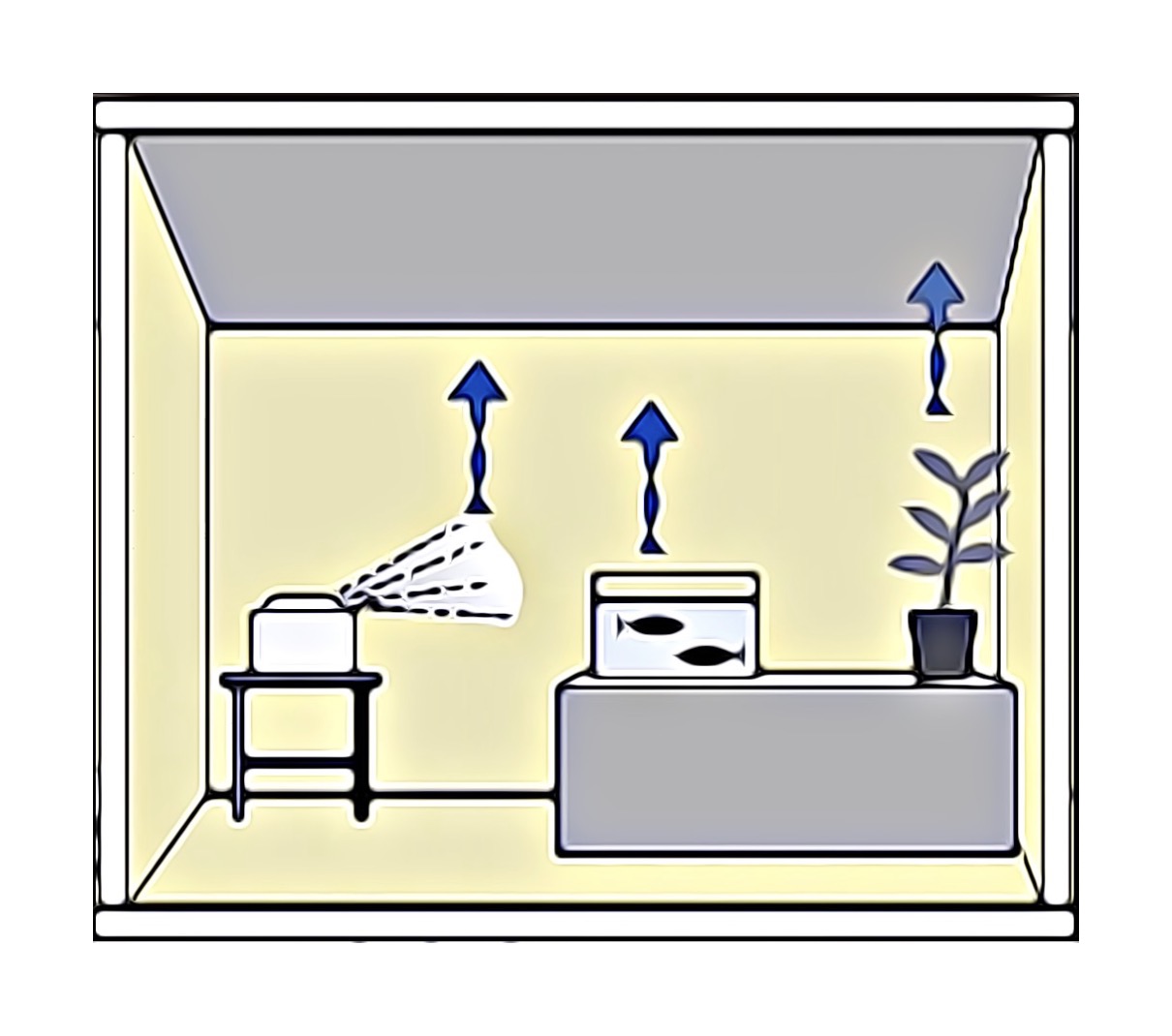

Scandinavian timber construction embodies a harmonious blend of natural materials and timeless design principles, creating structures that stand as enduring classics. Characterised by clean lines, simplicity, and functionality, these buildings seamlessly integrate with their surroundings, making them a perfect match for any environment.
The use of timber, a renewable resource abundant in the Scandinavian region, not only adds a warm and inviting aesthetic but also reflects a commitment to sustainable practices. The structures often showcase the innate beauty of wood, emphasising its grain, texture, and natural colour variations, contributing to a sense of authenticity and connection to the environment.

When planning a room, consider the intended activities and the number of people it should accommodate. If working within a budget, opting for a larger garden room provides versatility for various activities. This spaciousness allows for unexpected uses and flexibility in room utilisation. To economise, choose cost-effective materials without compromising quality.
For specific functions like an office, ensure a minimum workspace of 2.5 sqm. Maintain a minimum distance of 700mm between furniture and walls to enhance room flow.
In terms of dimensions, a room should have a minimum depth of 1.7m, considering furniture requirements. A table typically occupies 70cm, while a chair needs 100-150cm of space. Thoughtful consideration of these measurements ensures a harmonious balance between aesthetics and functionality.
By balancing and incorporating these factors, you can create a well-designed space that not only accommodates your needs but also aligns with your budget constraints. The key lies in striking a balance between size, intended activities, and budget considerations for a space that is both practical and cost-effective.

Typically, 25% of heat escapes through the roof, making it essential to ensure adequate insulation with a thickness of 100mm. Walls contribute significantly, accounting for 35% of heat loss. Employing 50mm insulation in walls helps mitigate this loss. Additionally, windows and gaps on their own contribute 25% to heat dissipation, emphasising the importance of double-glazed windows and well-sealed doors.
Notably, the floor is responsible for 15% of heat loss, warranting insulation measures with a thickness of 100mm. The collective effort to insulate each of these areas contributes to an overall reduction in energy consumption and a more environmentally friendly and cost-effective building.

1. Ensure proper ventilation. Open windows regularly to allow fresh air to circulate, especially in areas prone to moisture.
2. Avoid sources of damp inside, like drying clothes indoors.
3. Adequate insulation helps maintain a consistent temperature and prevents condensation on walls and windows.
4. Keep your home adequately heated, as warmer air can hold more moisture. Maintaining a consistent temperature helps prevent condensation.
5. Make sure there are no outside leaks. Even small leaks can lead to dampness and mould growth.
6. Prevent accumulated water near the build outside.
7. Structure should be damp proof.

Timber frame construction, used for ages, showcases enduring durability. Well-maintained, high-quality timber builds can surpass 300 years.
The type and quality of timber used in construction play a crucial role. It is important the wood is checked for moisture and structural strength. Wood possesses excellent structural strength, especially in terms of its strength-to-weight ratio.
Proper construction techniques, including adequate foundation support, effective moisture barriers, and proper ventilation, contribute to the structural integrity of the timber build.
Applying protective treatments such as paint, wood stain, or sealants helps shield the timber from the elements. These coatings are essential to prevent decay and other forms of deterioration.
A well-designed and maintained foundation is crucial for the stability and longevity of any house.
© Copyright 2024 PlaceHill – All Rights Reserved.
Registered in England & Wales. Company No. 13214109.